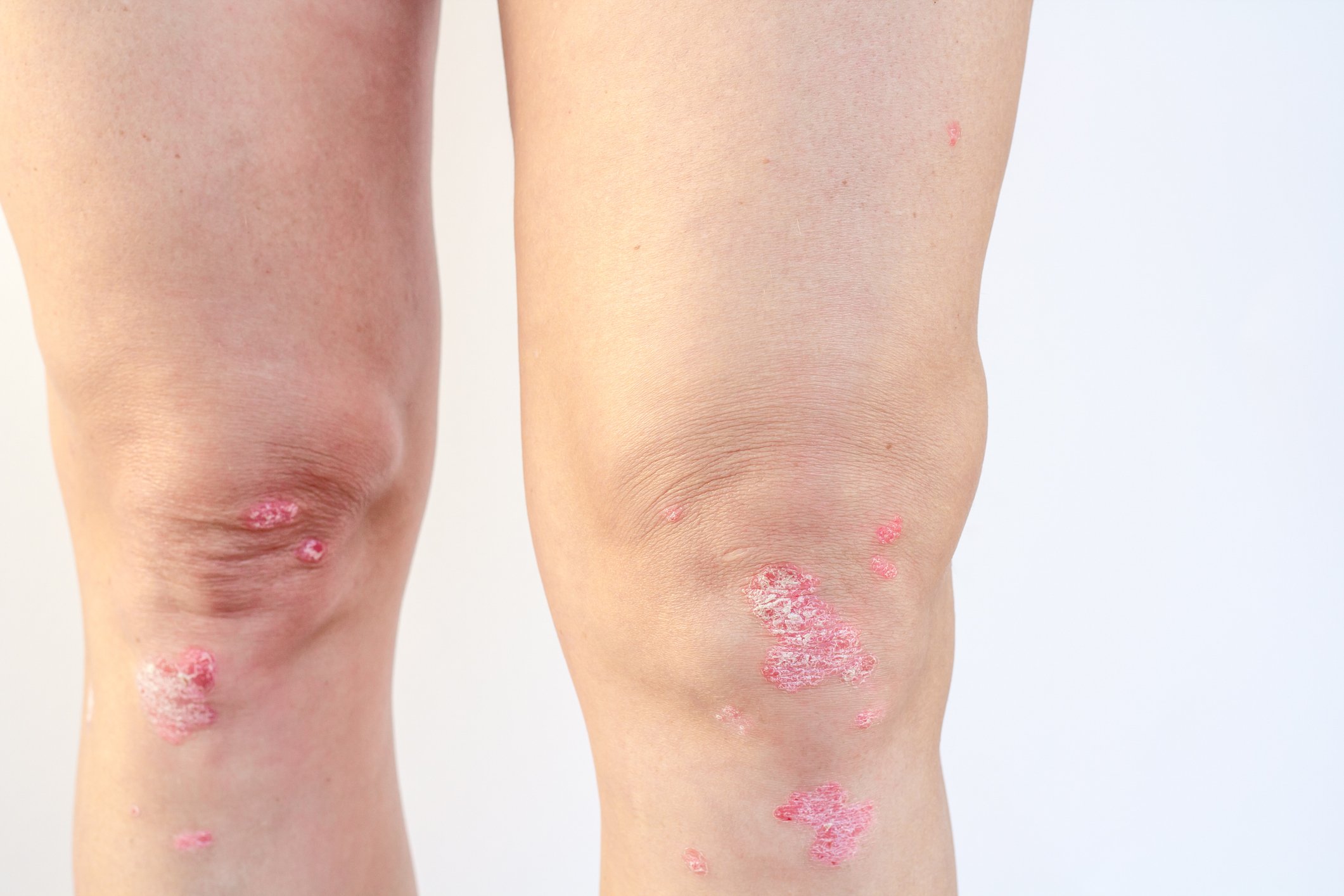Angiology has again seen great strides in development in recent years, mainly involving the most important and common vascular diseases, peripheral arterial disease, and venous thromboembolism. The new generation of anticoagulants, for example, makes venous thromboembolism even easier to treat than before, but the risk of recurrence is not insignificant. We have considered this in a review article in the CME focus and have compiled the literature on this topic.
Another big arena is peripheral arterial disease. There has been a rapid development in the interventional field. Improving devices allow for more complex interventions, which is especially beneficial for patients with critical ischemia. PAVD is still often recognized too late, especially in diabetics, is too often taken lightly, and amputations are performed too frequently. In order to prevent the worst in the most advanced form of peripheral arterial disease, sensitivity to the seriousness of the situation is needed above all. Everything else will come naturally when there is an awareness that critical limb ischemia is an emergency situation that must be treated immediately and in a large center with appropriate interdisciplinary manpower and infrastructure. John Dormandy, vascular surgeon from England, once summed it up: “it takes a fool to cut off a leg, but it takes an angiologist, a diabetologist, a family doctor, a radiogist, a vascular surgeon and many more to save one.” In our article, we try to raise awareness of the seriousness of this situation and nip any therapeutic nihilism in the bud. Something always goes, and every erythrocyte that can somehow be brought into a critically supplied area counts.
Similar to venous thromboembolism, we need strategies to prevent recurrence. There are several of these, one of which, drug-eluting stents and balloons, we present in our third CME article.
Let’s hope that this positive development continues. We will then be happy to present a few innovations to you again.











